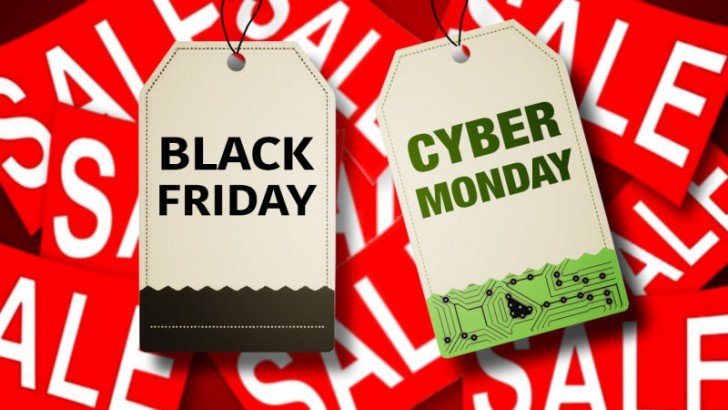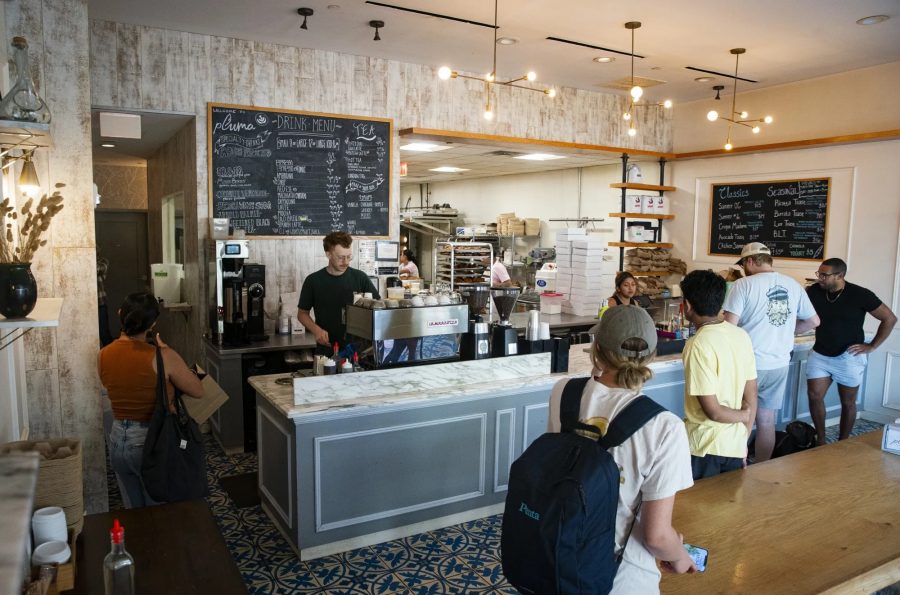Trends in e-commerce for 2018 have never been this challenging for retailers.
Online shopping has not taken over the traditional way of shopping just as yet. However, retailers have to accept the reality that e-commerce will eventually dominate the scene. In the United States alone, half of the population prefers shopping online to going in stores, based on a 2016 survey.
If businesses want to win a sale in 2017, they will need to be where consumers make that final purchase – and that differs for every consumer.” – Tracey Wallace, Editor of BigCommerce
Peddling your wares through the Internet has gone from simple to complex. If you depend on the profits that you rake in through online selling for bread-and-butter, then you must realize that you need to keep an eye on what’s in and what’s out to stay in the game. In other words, you should be ahead of most of your fellow online retailers. Take a look at these ten trends in e-commerce that you should already be aware of.
 Social media influence
Social media influence
 Consumers will decide on their purchases based on what social media and content platforms tell them. Feedback, reviews, and recommendations from influencers like bloggers and brand experts will largely influence consumers, now, more than ever. Based on studies made in the U.S., more than seventy percent of online shoppers turn to social media to help them decide what to purchase. Around the same number trusts the product and brand recommendations given by their connections in social media.
Consumers will decide on their purchases based on what social media and content platforms tell them. Feedback, reviews, and recommendations from influencers like bloggers and brand experts will largely influence consumers, now, more than ever. Based on studies made in the U.S., more than seventy percent of online shoppers turn to social media to help them decide what to purchase. Around the same number trusts the product and brand recommendations given by their connections in social media.
 More customized shopping experience
More customized shopping experience
The majority of online shoppers greatly value personalized content whenever they decide to buy an item. As a retailer, you need to provide the closest thing possible to each consumer’s preference. The consumer will have access to unique content, recommendations, and other value-added information according to their geographic location, previous purchases, preferences, and other factors that would zero in on the person’s wants and needs.
 Better mobile experience for online shoppers
Better mobile experience for online shoppers
According to 2016 statistics, website visits using mobile devices have ballooned so much that they have surpassed desktop traffic. Because of this development, Google has begun working on a new, “mobile-first” web index. What it means is that the new browsing feature will prioritize mobile phones first, instead of optimizing mobile browsing.
In the United States alone, half of the population prefers shopping online to going in stores, based on a 2016 survey.
 Cyber November to signal start of sale season
Cyber November to signal start of sale season

For the longest time, Black Friday sale has become a tradition in the US. In 2005, Cyber Monday was introduced by marketing companies to get people to shop online following Thanksgiving holiday in the U.S. This 2017, and in succeeding years, these two traditions will be part of a bigger “event” called Cyber November which starts in early November. As a retailer, you would want to leverage this shopping season to drive traffic to your online shopping company.
 Presenting “the chat bot.”
Presenting “the chat bot.”
A chat bot is an artificial intelligence where a consumer can ask questions from an automated chat agent. The chat bot answers the questions and serves as the initial point of contact with the brand. Statistics show that buyer conversion rate is five to ten times higher after a chat bot session. Platforms such asTwitter, Facebook, and WhatsApp have begun introducing bots for customer help, booking, and shopping.
In this wonderful modern age, if you know what you want, you can just reach out and, with the click of a mouse, take complete control of your entire buying and shopping experience.” ― Chris Murray, (Selling with EASE: The Four Step Sales Cycle Found in Every Successful Business Transaction)
 Omni-channel
Omni-channel
Online retailers have the option to sell their goods across several channels and marketplaces. Seriously consider putting your wares in online stores, social media, and online catalog, for instance, while still maintaining your physical store. In this way, you can capture as many groups as possible and have more visibility. It was found that multi-channel consumers tend to shop more often and spend three times more than single-channel consumers.
 Faster delivery
Faster delivery

One of the issues that bother online shoppers is the speed of delivery of the goods ordered and returns. Amazon Prime started the same-day delivery option. The service has been progressively moving to other selling channels. One survey reported that a good amount of consumers are willing to spend extra money for same-day delivery.
 Rise in the use of HTTPS
Rise in the use of HTTPS
Hyper Text Transfer Protocol Secure or HTTPS is the secure version of HTTP. HTTPS means that all communications between your browser and the website are encrypted. Hence, the data exchanged is authenticated, encrypted, and uncompromised. The migration from the use of HTTP to HTTPS has increased to eighty-five percent this January 2017 alone. HTTPS protects your website from third parties that can put in content on your website without your knowledge, thus putting your image and your customers at risk. Very soon, WordPress will be implementing a feature that requires websites to adopt the HTTPS protocol.
 Identifying the next purchase accurately
Identifying the next purchase accurately
You need to take advantage of the enormous amount of data that you can obtain from customer interactions, feedback, and customer profiles. Use the data to do a predictive analysis to understand consumer spending habits and preferences. Also, look at the behavior of other consumers with similar personas. When you’re able to do all this, you can predict your customers’ next purchases. By doing so, you’ll be right there presenting the next goods before they can even think.
Let’s remember you can still go shopping without buying because where buying is a matter of need, shopping is a question of want.” ― Robert Rowland Smith, Breakfast with Socrates: An Extraordinary (Philosophical) Journey Through Your Ordinary Day
 Remarketing
Remarketing
Online selling allows you to market your products over and over again and simultaneously through your website, pop up ads, backlinks, etc. The objective is showing your products to visitors many times as they browse the Internet. Marketers call them the “customer touch points” where your product can repeatedly be seen, which can potentially lead to more sales. Statistics show that it takes around seven touch points before a consumer can make a purchase.










